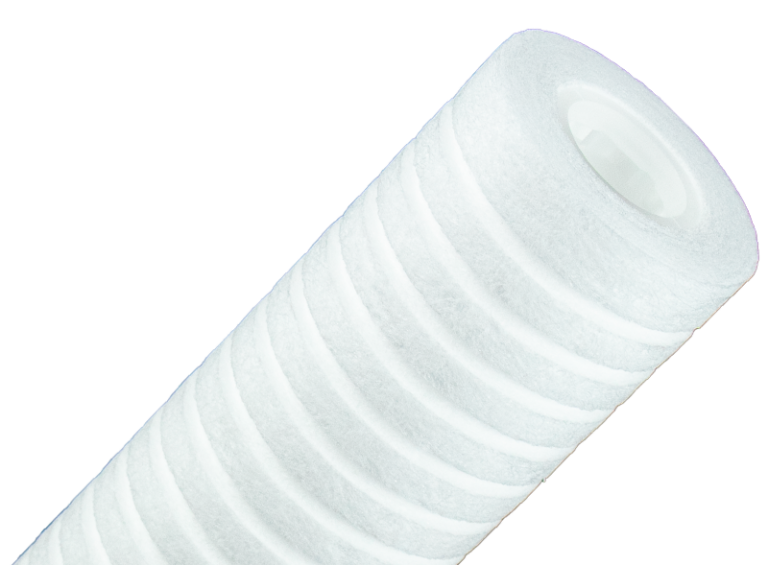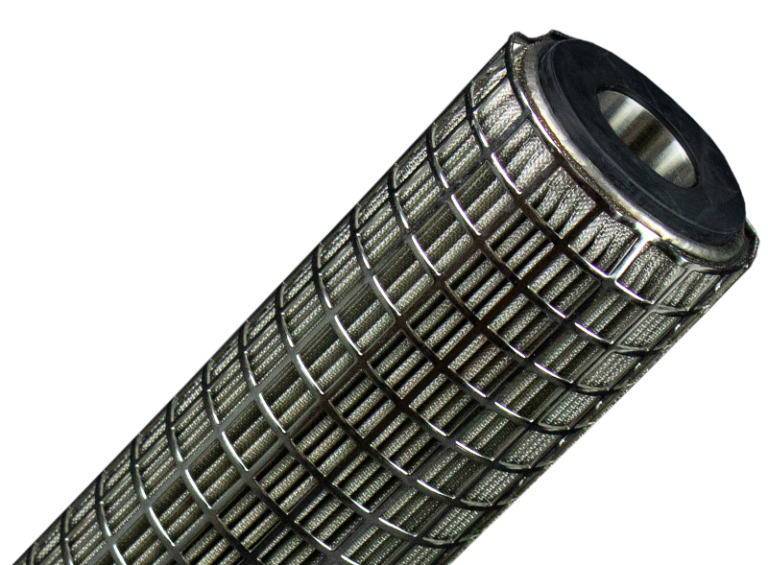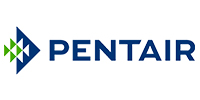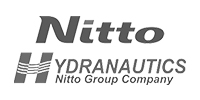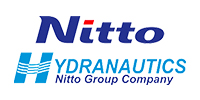Why does filtration on a condensate return loop save money?
Building’s boiler system costs are reduced by returning the water to a ‘Hot well’ tank and re-using this water as it requires less energy to heat it and reduces water wastage. In boiler systems, steam that has completed its work condenses back into liquid water called condensate, a valuable resource in any boiler house. This is a high-purity, high-heat-content water that makes sense to recycle into the boiler system whenever possible to save money, water, energy, and chemicals.
In the network of pipes, debris, sediment and other matter contaminates this water and a filtration system is used to protect the hot well and associated water treatment equipment from this insoluble “crud” prior to entering the boiler. Typically a 5μm rated string wound, spun-bonded or washable stainless steel cartridge is used for this application (up to 50μm if pump protecting only) SPECTRUM PSP, SWP or PPS housed in a stainless steel filter housing SPECTRUM INOX Filter Housings.
In many systems, the flow of steam and condensate picks up rust, scale, and trace contaminants that are either carried over from the boiler or that form in carbon steel piping and on copper alloy heat exchange surfaces. Filters are used to catch the iron and copper oxides as well as other particulate matter although some contaminants are dissolved in the condensate and can cause problems if returned to the boiler. Dissolved solids pass through the filter and can be treated before returning to the boiler.
Utility bills and fuel costs affect the profitability of the boiler house in a major way. Water and energy are the two key resources used to create steam and fluctuating fuel prices can really impact overall running costs. It is for this reason that condensate recovery is one of the most effective resource-saving measures for most steam production sites.
How do you save energy costs feeding your boiler Reverse Osmosis water?
Incoming feed water to a boiler can be treated by softening and then using an RO system to produce reverse osmosis quality water for a significant reduction in energy costs by reducing the number of ‘blowdowns’ required. Boiler blowdowns are necessary to dump the high TDS (Total Dissolved Solids) concentrated water in the boiler, to waste. This dumping of heated water reduces the level of precipitation from impurities which form scale, coat the boiler and increase the energy required to heat the boiler.
The pH level of water is an important factor for boiler efficiency. A reverse osmosis unit in place will reduce the dissolved solids plus the alkalinity in the boiler makeup water allowing the system to run at higher cycles of concentration, which can save fuel and water. The reduction in scale formation, corrosion and number of blowdowns (or reduction in blowdown time) will lower operating costs through reduction in energy use in particular, which can often pay for the equipment and maintenance within the first year of investment.
There are other benefits to be had from the use of an RO system SPECTRUM SRO such as; the boiler having a cleaner surface making it more efficient; The improvement in steam quality production reduces failure rates of any control valves, pumps, or compressors that have direct steam contact; Chemical usage is reduced as the amount of boiler feed chemicals required to prevent condensation corrosion is less due to lower alkalinity in the boiler makeup water; Increased control over return-line corrosion reduces boiler down time.
What has to be remembered is that energy is lost during blowdown, so the ability to reduce this process through recovering condensate and feeding the boiler with reverse osmosis quality water will allow users to benefit from the associated energy savings. By saving energy, operators of steam plants can experience significant financial gain as well as improved equipment life, all while reducing their impact on the environment.

